Bad Photography Advice: Shoot Wide Open
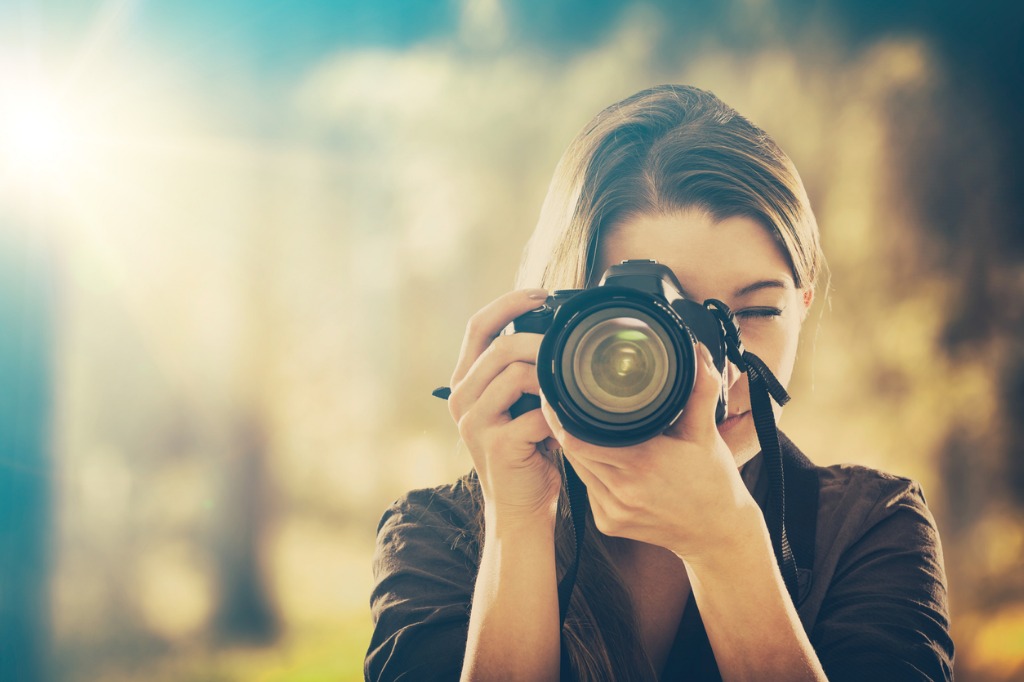
photo by scyther5 via iStock
“Shoot wide open,” they said. “It’ll make the depth of field smaller, and you’ll get a professional looking shot.”
While making the aperture of your lens as big as possible will help reduce the depth of field and facilitate background (or foreground blur), there’s a couple of problems with this piece of advice.
First, aperture isn’t the only factor that influences the depth of field, so slamming the aperture to its largest value and hoping it will produce beautiful bokeh isn’t the right approach for minimizing depth of field.
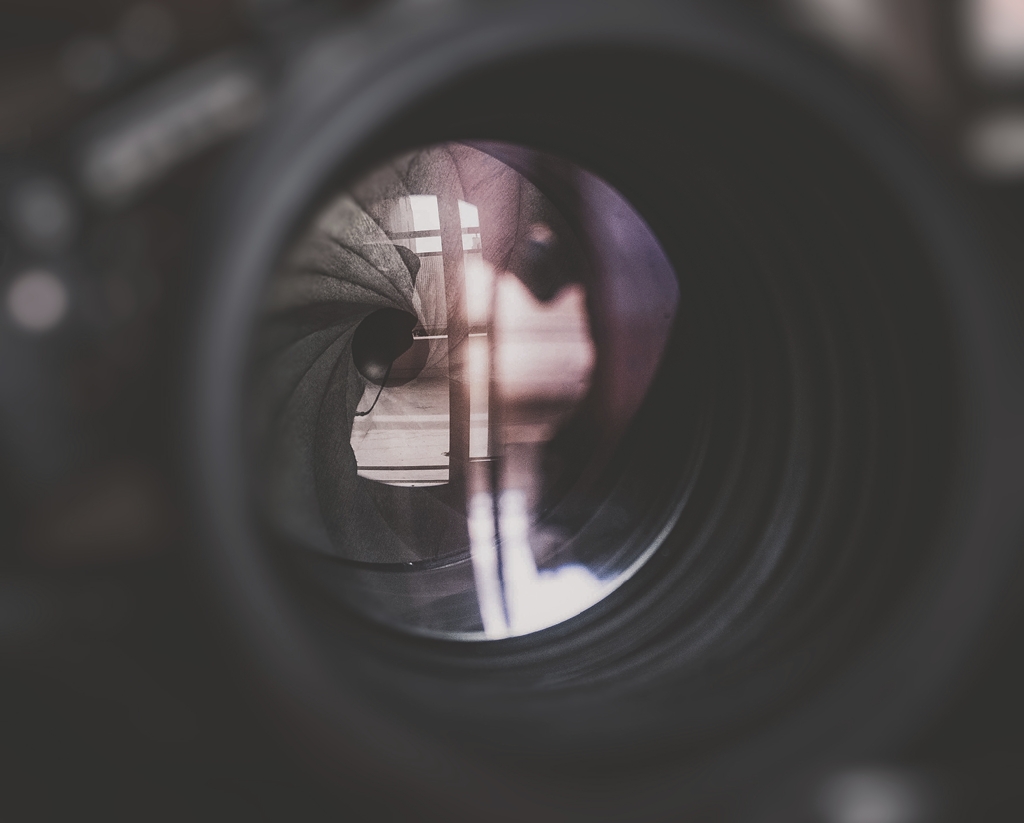
photo by eberhard grossgasteiger on Unsplash
Second, no lens - not even super expensive professional lenses - is its sharpest at its maximum aperture.
Instead, lenses have a sweet spot that gets you the sharpest possible details. Though the sweet spot varies from one lens to the next, it’s typically in the f/8 to f/11 range.
That being said, if the maximum aperture of your lens is f/1.8, and you step it down to f/2, you’ll notice improved sharpness, just from that one-stop difference.
So, ignore the bad photography tip to shoot wide open, and instead rein it in a stop or two to get improved sharpness.
Bad Photography Advice: Only Expensive Lenses Perform Well
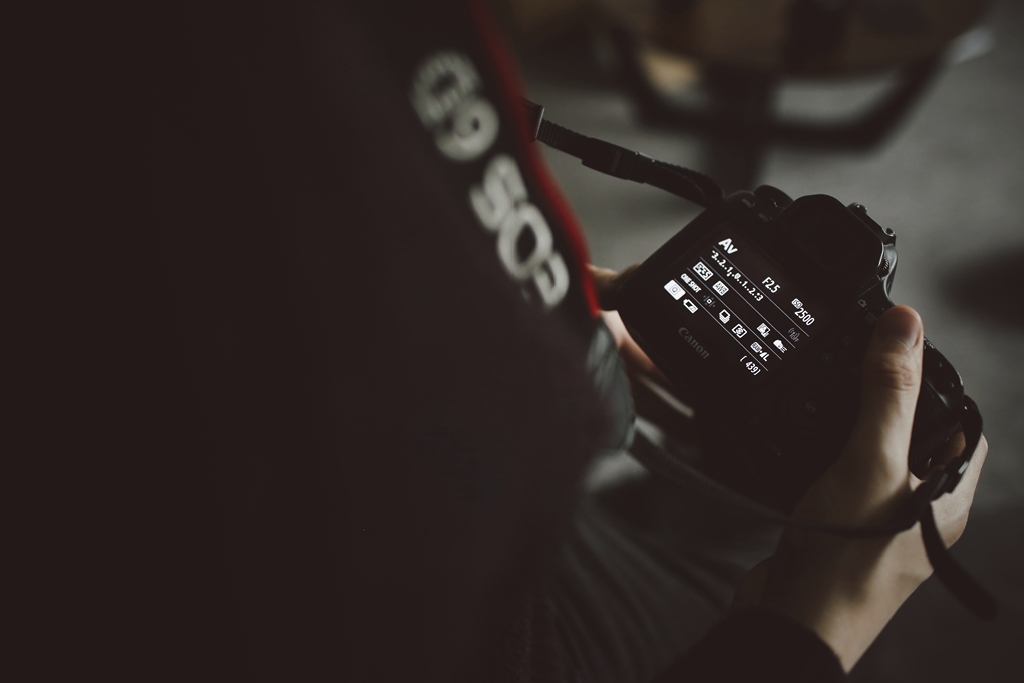
photo by James Bold on Unsplash
I’ll be the first to admit that a Canon EF 50mm f/1.2 L lens is a better lens than the Canon 50mm f/1.8.
Canon’s L-series of lenses have better optics, better build quality, better sharpness...basically better everything.
But, there’s two issues with the advice that only expensive lenses perform well.
First, expensive lenses are, well, expensive. Not everyone has $1,300.00 to spend on a 50mm f/1.2 lens.
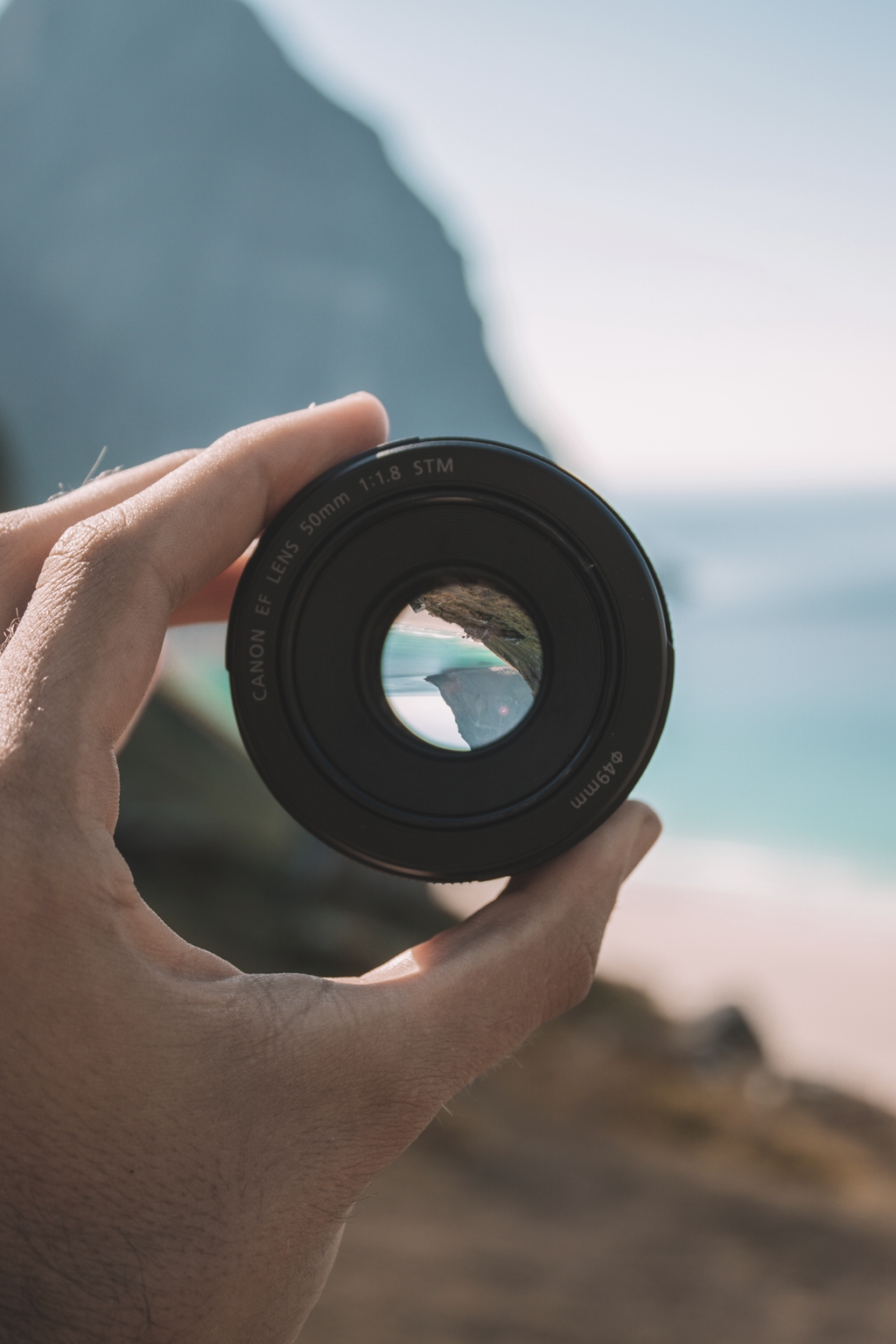
photo by Guillaume Briard on Unsplash
Second, some cheap lenses - like the aforementioned Canon 50mm f/1.8 - are fantastic, inexpensive lenses.
In fact, if you ask any Canon shooter, my guess is that they’d recommend this very lens (which costs about $125.00 brand-new, by the way.
The same goes for 50mm f/1.8 lenses from Nikon, Sony, and other camera brands.
When it comes to lenses, yes, the spendy ones will outperform the cheap ones. But that doesn’t mean that there aren’t some really great cheap camera lenses that will still help you get excellent results.
Bad Photography Advice: The Composition Must Be Perfect
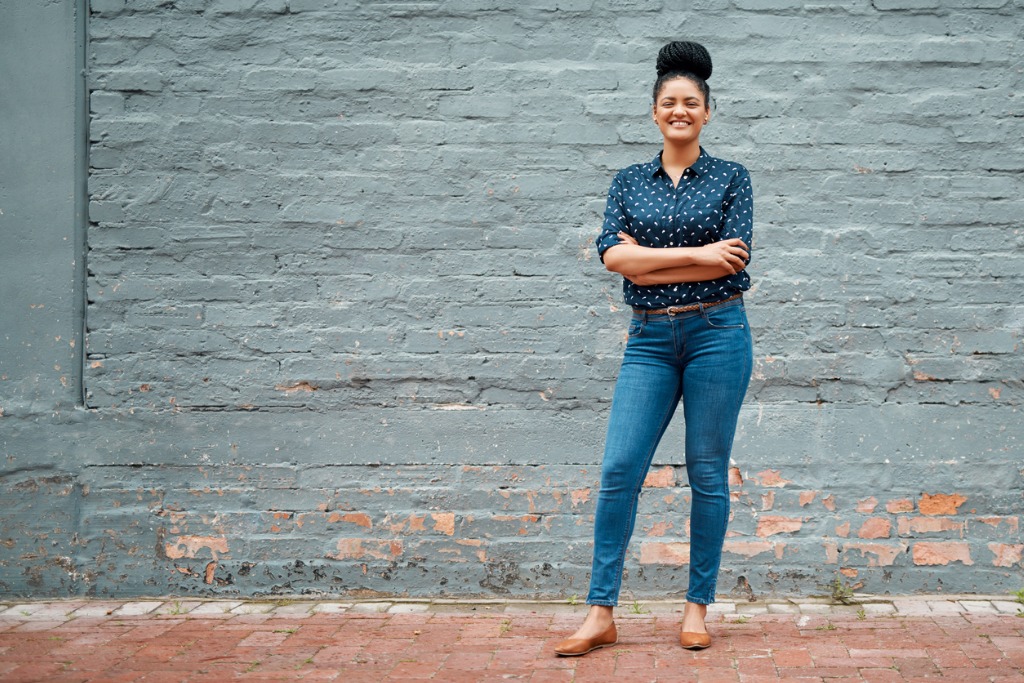
photo by Cecilie_Arcurs via iStock
Obviously, your images will be much more successful if you spend time doing what’s necessary to get a solid composition.
This might include using the rule of thirds to get a balanced photo or incorporating leading lines (like below) to draw the viewer’s eye deeper into the shot.
But if anyone has ever told you that you have to get the composition perfect in-camera, they’re simply wrong.
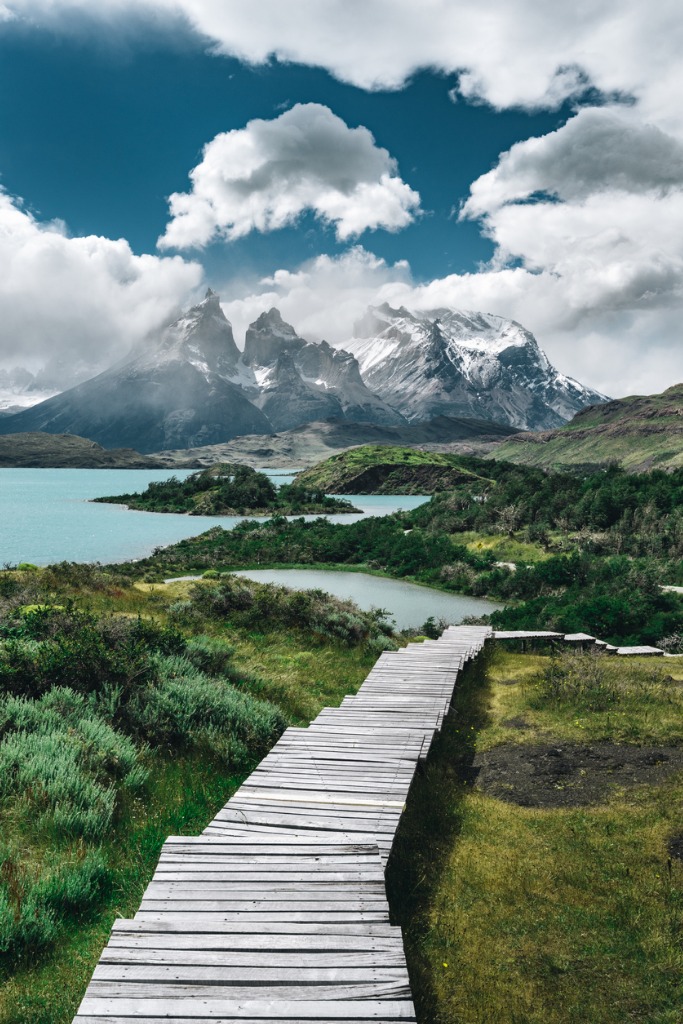
photo by franckreporter via iStock
Yeah, it would be great if every photo you take is absolutely perfect in-camera, but that’s just not going to happen. If you spend all your time worrying whether your composition is perfect, you’ll get home with one or two shots when you could’ve taken dozens more.
This isn’t to say that you should spray and pray or use post-processing methods as a crutch to fix bad shots.
The point here is that if your composition isn’t perfectly ideal in-camera, you can do all sorts of things in post-processing to make it more perfect.
Thanks Keep Supporting....;]




0 Comments